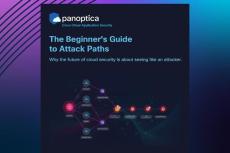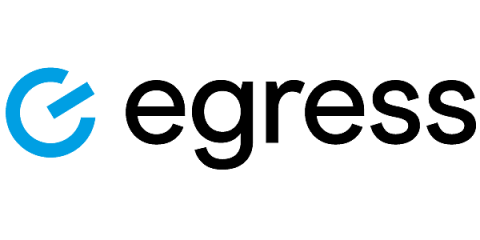How to protect your business from NFT phishing attacks and spam
The Web3 ecosystem has experienced a sharp increase in spam NFTs. While spam NFTs may seem benign – commonly used as promotions for new NFT collections – they can also be used as a method for phishing unsuspecting users. Today, threat actors are using spam NFTs to drain wallets in a variety of ways. In this blog post, we take a closer look at some of these methods and the new security protections Fireblocks has developed to safeguard our customers.











